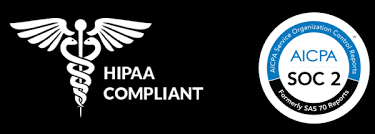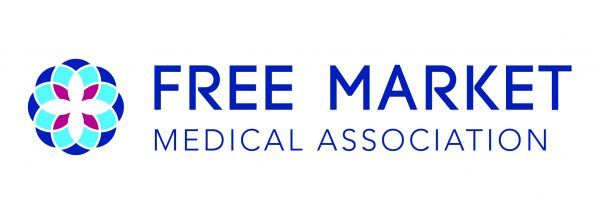Direct Primary Care (DPC): A Worthwhile Alternative?

Understanding the Direct Patient Care Model
Direct Primary Care (DPC) is a healthcare delivery model that simplifies and personalizes the way care is provided and financed. This model creates a direct financial relationship between patients and their primary care providers, eliminating the complexities of traditional health insurance. DPC doctors operate on a membership model, where patients pay a regular monthly or annual fee for a range of medical services.
The Essence of Direct Primary Care
DPC focuses on delivering personalized, accessible, and comprehensive healthcare. It emphasizes enhancing the doctor-patient relationship by reducing administrative burdens. This approach allows physicians to dedicate more time to preventive care and patient engagement rather than dealing with billing and coding.
Roles in Direct Primary Care
Direct care providers, including family doctors and primary care physicians, take on various roles. They manage overall patient health, treat acute and chronic conditions, and often offer more extensive services than traditional medical practices. With a smaller patient base, these providers can allocate more time to each individual, fostering personalized care.
Examining the Costs and Benefits of Direct Primary Care
Direct primary care's pricing model involves a retainer, covering many primary care services without additional fees per visit. Costs vary but are often lower than traditional insurance premiums, particularly when combined with a high-deductible health plan (HDHP).
Contrast with Traditional Models
Unlike traditional healthcare models with copays, deductibles, and complex billing, DPC offers a straightforward and transparent fee structure. Membership fees typically cover a range of in-office care services.
Cost-Effectiveness and Care Quality
The value of DPC is evident in the quality and range of care provided. This model often leads to better health outcomes and reduced overall healthcare costs due to its focus on preventive care and chronic disease management.
The Business Side of Direct Primary Care
DPC practices usually have lower overhead costs due to simplified billing processes. This model can provide a sustainable practice environment, decreasing the risk of physician burnout. For physicians, the predictable revenue from membership fees ensures stable cash flow, though maintaining a consistent patient base is necessary for financial success.
Impact on the Healthcare Market
DPC offers a competitive alternative to traditional insurance-based care, promoting price transparency and possibly influencing the larger health system to prioritize patient-centered care.
Assessing the Value of Direct Primary Care
From a patient's perspective, DPC provides benefits like increased access to healthcare providers, longer appointments, and comprehensive preventive care. However, it may not cover major medical events and might involve out-of-pocket costs not applicable to health savings accounts (HSAs). Patient testimonials often reflect positive experiences with enhanced access and reduced healthcare costs.
Healthcare professionals in DPC settings report greater job satisfaction due to less administrative work and more meaningful patient interactions. They also appreciate the model's stable financial structure, although scalability can be challenging.
Direct Primary Care FAQs
Types of Primary Care: Family medicine, internal medicine, and pediatrics are the three main types.
Direct Patient Care Meaning: It refers to direct hands-on healthcare provided by professionals to the patient.
DPC Worth: DPC can be valuable for reduced costs, improved access, and enhanced patient-physician relationships, depending on individual needs and financial situations.
DPC vs. Insurance: DPC complements insurance, often paired with HDHPs for major medical expenses while covering routine care.
Direct Healthcare Services: These include routine check-ups, chronic condition management, minor urgent care, and in-office procedures, all provided directly by the physician.
Direct Care Example: Treatment of a minor injury or ongoing management of a condition like diabetes by a DPC provider.
Number of DPC Practices in the US: The number is growing, with hundreds of practices currently operational.
DPC vs. Concierge Medicine: Concierge medicine typically has higher fees and may bill insurance for some services, unlike DPC.
Explaining DPC: It's a model where patients pay a physician or clinic directly through a membership fee for comprehensive primary care, bypassing traditional insurance.
In summary, Direct Primary Care offers an appealing alternative to conventional healthcare, emphasizing patient-centered care, affordability, and streamlined service delivery. Its increasing adoption by patients and healthcare professionals indicates its significant value in today's complex healthcare environment.
Download the whitepaper for more details :
https://www.healthcompiler.com/whitepaper



